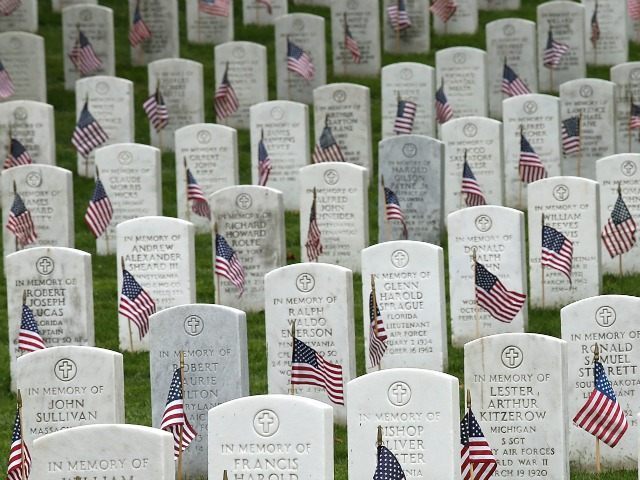The death rate for middle-aged white people is rising, even as it also falls for other demographics, and even though the overall health of older people is rising, says a new study.
Provocative speculation from a husband-and-wife team of Princeton economics professors suggests this is a behavioral, and perhaps even a spiritual, crisis.
The professors in question are Angus Deaton and Anne Case. The New York Times reports they discovered a “stark” increase in deaths among middle-aged, non-Hispanic whites, primarily from suicide and substance abuse, including alcoholism and concurrent liver disease.
“Dr. Deaton and Dr. Case calculate that if the death rate among middle-aged whites had continued to decline at the rate it fell between 1979 and 1998, half a million deaths would have been avoided over the years from 1999 through 2013. That, they note, is about the same number of deaths as those caused by AIDS through 2015,” writes the Times.
These deaths have reversed the trend-lines for middle-aged black and white deaths from drug abuse and alcoholism. Those deaths are now more common among whites than among blacks. In fact, middle-aged white people are now four times more likely than middle-aged blacks to commit suicide.
Deaton and Case suggest that middle-aged white people are over-medicated. They report mental and emotional problems more often, they have generally declining fitness levels, and they are reporting various forms of chronic pain more often. Dr. Deaton pointed to a well-documented increase in pain charts throughout the Nineties and Aughts – a dramatic increase in patients reporting chronic pain that is serious enough to justify painkillers.
Middle-class whites are also said to be much more likely to obtain prescription drugs for these ailments. In light of this fact, Dr. Case suggested that the lower availability of these medications among other demographics might “have a silver lining.”
The situation is not entirely a matter of medication and dependency. Deaton offered a bleak vision of alienation in an increasingly awkward culture, where it has become very easy to avoid healthy contact with other people, thanks to e-commerce and social media. This alienation is worsened by the lousy economy. “Poorly educated middle-aged white Americans who feel socially isolated are out of work, suffering from chronic pain and turning to narcotics or alcohol for relief, or taking their own lives.”
The Wall Street Journal says the study on rising white middle-aged mortality, which was published Monday in the Proceedings of the National Academy of Sciences, has stunned analysts.
“Substance abuse and alcoholism are taking their toll in a way people haven’t acknowledged,” said Michael Eriksen, the dean of Georgia State University’s School of Public Health.
“I did not know things were getting this bad this fast,” said James Smith of the Rand Corp.
The WSJ notes that one behavioral factor in rising middle-aged white mortality could be economic stress, citing flat wage growth and declining median real income for whites who lack a college education. The contracting American workforce is also mentioned; it could be either a cause, or a result, of deteriorating physical health and despair.
“Many people are reaching midlife short of a cornerstone of the American dream: making more money than their parents did,” the Journal declares.
That would come as a significant psychic blow to people with certain expectations of success in their adult years, and mounting anxieties about retirement. The sense that retirement in the classic sense simply will not be an option grows more pronounced with each generation, along with fears that it will be difficult to work and maintain income during old age, which lasts for a very long time with modern medicine.
The loss of spiritual and social resources to cope with addiction, alienation, and anxiety should also be considered.
A post-religious middle class has no church community to turn to. Rising divorce rates and a diminished institution of marriage leave them without lifelong companions. Families and community-created civic groups have been pruned by competing commercial and government diversions. Popular commercial culture praises youth and youthful behavior, such as the expectation of instant gratification — not the accomplishments and experience of age.
As we research this new problem, we may find that middle-aged people who try to live, eat, and play like dissolute teenagers are pushing themselves into an age of suffering — of chronic pain, substance-abuse problems, emotional distress and plain old loneliness.

COMMENTS
Please let us know if you're having issues with commenting.